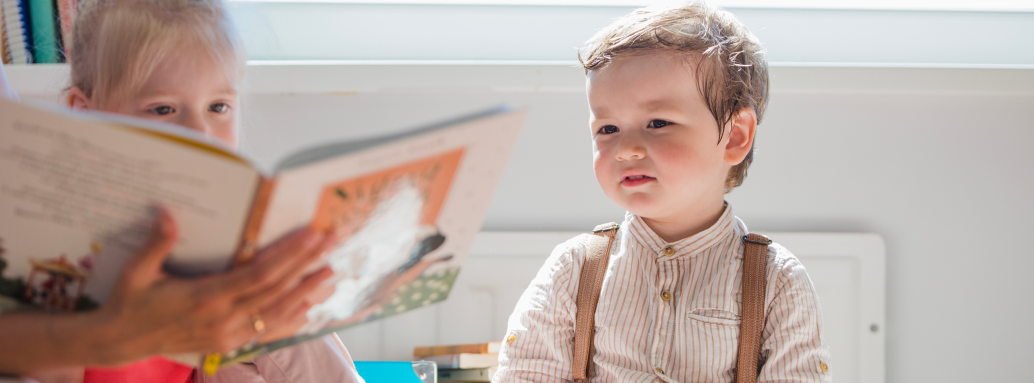Empowering childcare centres with tools to simplify operations and enhance outcomes
Automate payments, manage subsidies, and ensure financial accuracy with ease.
Effortless communication between families and educators for instant updates, messages, collaboration, and conversations.
Track, document, and celebrate every milestone in a child’s journey.
Simplify enrolment, manage waitlists, and track attendance effortlessly.
Streamline scheduling, performance tracking, and team communication.
Keep families informed with real-time updates and daily reports.
Discover how Parent can transform your childcare centre’s operations
Access a variety of tools, guides, and insights to help you get the most out of Parent
Stay updated with industry trends, expert advice, and childcare management tips.
See how childcare centers like yours achieved success with Parent.
Find quick answers to the most common questions about Parent's features and services.
Join live sessions or watch on-demand webinars for in-depth guidance and tips.
Get step-by-step support with articles, guides, and troubleshooting resources.


Valentine’s Day often brings love into the spotlight, with cards exchanged, hearts decorated, and classrooms buzzing with excitement. But for children, love isn’t a one-day event; it’s an integral part of their daily lives. As educators and parents, we witness it in small but meaningful gestures: a warm smile, a handmade drawing, or an eager story shared. Understanding how children express and perceive love is essential for their emotional security and development. When we speak a child’s primary love language, we build their self-worth, strengthen their emotional well-being, and help them form healthy relationships that last a lifetime.
Each child expresses and receives love in unique ways. According to Chapman and Campbell authors of The 5 Love Languages of Children, the five love languages are:
Some children feel most loved through hugs, cuddles, high-fives, and gentle touches. Physical affection reassures them of security and warmth.
Verbal encouragement and kind words build confidence and self-esteem in children who thrive on spoken affection.
Undivided attention means the world to children who value quality time. They feel loved when you truly engage with them.
Some children interpret love through thoughtful actions, such as help with a project, fixing a broken toy, or assisting with homework.
While not about materialism, some children feel deeply loved when they receive meaningful tokens of appreciation.
Children need love expressed in ways that resonate with them. When their primary love language is spoken fluently, they feel secure, valued, and emotionally connected. However, if their "love tank" runs empty, they may seek attention, push boundaries, struggle academically, or feel isolated.
Secure attachment in early childhood is the foundation for emotional well-being. When children feel safe, they develop self-worth, resilience, and the ability to form healthy relationships. A strong foundation of love fosters confidence, curiosity, and social skills that extend into adulthood.
To identify a child’s love language, observe:
Fostering emotional well-being in children requires intentional actions. Here’s how:
A classroom is not just a place of learning, it’s a space for emotional growth. Educators play a crucial role in fostering a love-filled environment:
Love manifests differently at each developmental stage:
A child who feels loved and secure is more likely to be curious, engaged, and motivated to learn. Emotional security lays the foundation for cognitive growth and academic success. A nurturing environment fosters resilience, problem-solving skills, and social confidence.
Children who experience love through positive interactions develop:
Educators and caregivers significantly shape this foundation by consistently showing up with warmth, patience, and genuine care.
Love is the foundation of a child’s well-being. Whether through physical touch, kind words, quality time, acts of service, or gifts, ensuring a child feels loved helps them grow into confident, compassionate individuals. As parents and educators, we have the power to shape their emotional world, one loving gesture at a time.
Love isn’t just something we feel; it’s something we do. By understanding and speaking a child’s love language, we nurture their hearts and minds for a lifetime.

Dana is an Early Childhood Educator, Former Centre Principal, and Curriculum Consultant. With a Master's in Education and a passion for revolutionizing early learning, she works with Parent to reimagine childcare, one thoughtful step at a time.


